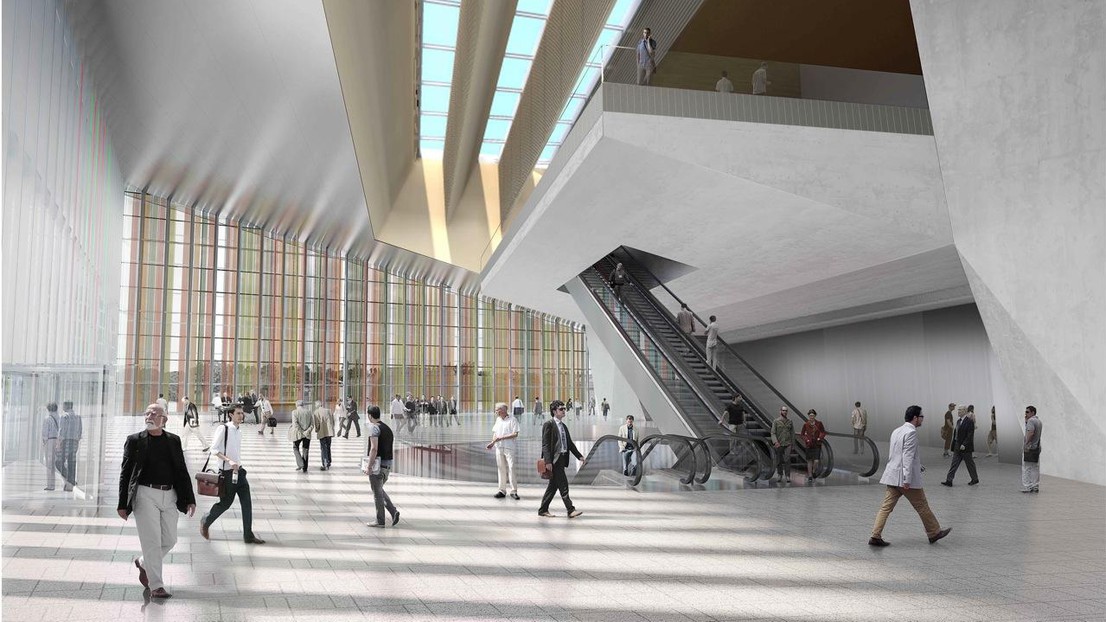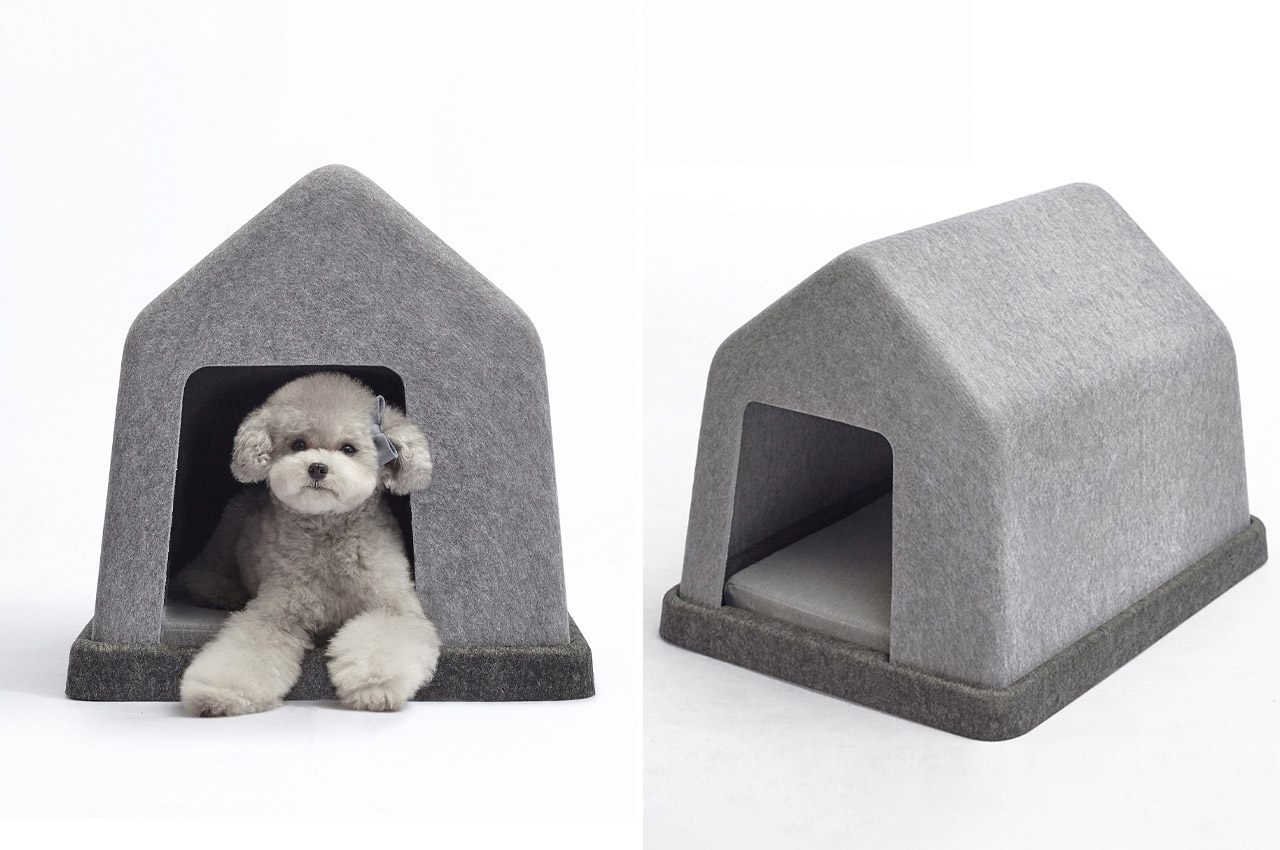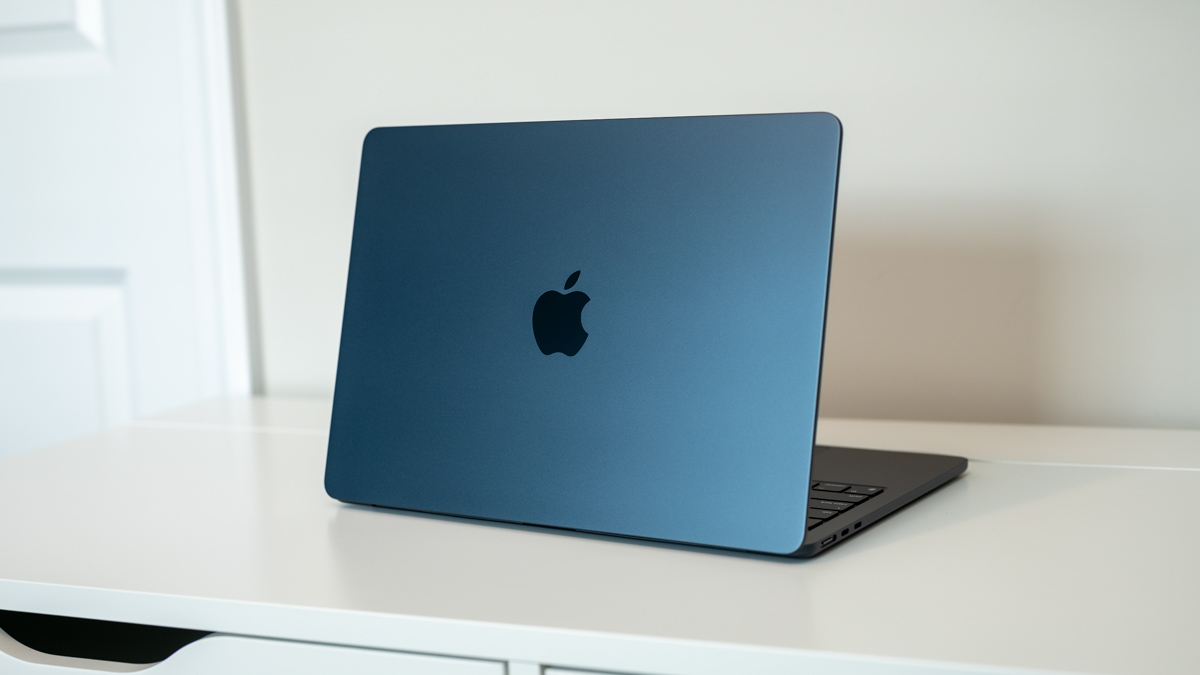#Swiss scientists’ transparent solar cells will be sweet for startups

Table of Contents
“Swiss scientists’ transparent solar cells will be sweet for startups”
Also known as Grätzel cells, dye-sensitised solar cells (DSCs) are a type of low-cost solar cell that use photosensitized dye to convert visible light into electricity.
Previous versions of DSCs have been reliant on direct sunlight, but a team of researchers at the École Polytechnique Fédérale de Lausanne (EPFL) have found a way to make transparent photosensitizers that can absorb light across the entire visible light spectrum, including both direct and ambient.
Join TNW in Valencia!
The heart of tech is coming to the heart of the Mediterranean
The researchers developed a way of improving the combination of two newly designed photosensitizer dye molecules. They did this by creating a technique in which a monolayer of a hydroxamic acid derivative is pre-adsorbed onto the surface of nanocrystalline mesoporous titanium dioxide.
On top of the new photosensitizers being able to harvest light across the entire visible domain, the scientists have also increased the DSCs’ photovoltaic performance — which has been a weak point of the technology compared to traditional solar cells.
To put that in numbers, the enhanced DSCs’ efficiency reaches above 15% in direct sunlight and up to 30% in ambient light. For reference, commercial solar panels have an average efficiency between 15% to 22%.
In other words, if this technology can hit scale, we may soon see a transparent solar panel revolution in Europe.
How are DSCs already being used?
DSCs aren’t a new technology, but the advances from the École Polytechnique Fédérale de Lausanne could deliver a lifeline to sustainable buildings.
Dye-sensitised solar cells are not only transparent, but can also be fabricated in multiple colors and for low cost. In fact, some are already being used in skylights, greenhouses, as well as glass facades.
For example, think of the SwissTech Convention Center — a location that became the first public building to install the DSCs technology in 2012.

While in 2017, the Copenhagen International School also used the same technology to inaugurate its building with 12,000 colored solar panels, which meet over half of the school’s annual energy needs.

Why dye-sensitised solar cells could be a boon to European startups
The scientists at the EPFL have improved this technology’s ability to work in low light conditions, something that’s vital in cloudier, colder countries.
As the authors wrote, “Our findings pave the way for facile access to high performance DSCs and offer promising prospects for applications as power supply and battery replacement for low-power electronic devices that use ambient light as their energy source.”
For European startups, this could be a game changer. While there’s an obvious benefit for installing transparent solar cells on buildings to help meet nations’ net-zero climate goals, the technology’s applicability goes beyond energy-generating windows and glass facades.
DSCs take up far less space than traditional panels, which opens up their use for a wide number of items, whether that’s portable electronic devices (such as earphones and ereaders) or connected sensors that are part of the Internet of Things.
When a scientific advance like this happens, it opens the door for bright minds to create something new and efficient. Let’s just hope Europe’s startups are ready to walk through.
If you liked the article, do not forget to share it with your friends. Follow us on Google News too, click on the star and choose us from your favorites.
For forums sites go to Forum.BuradaBiliyorum.Com
If you want to read more like this article, you can visit our Technology category.




